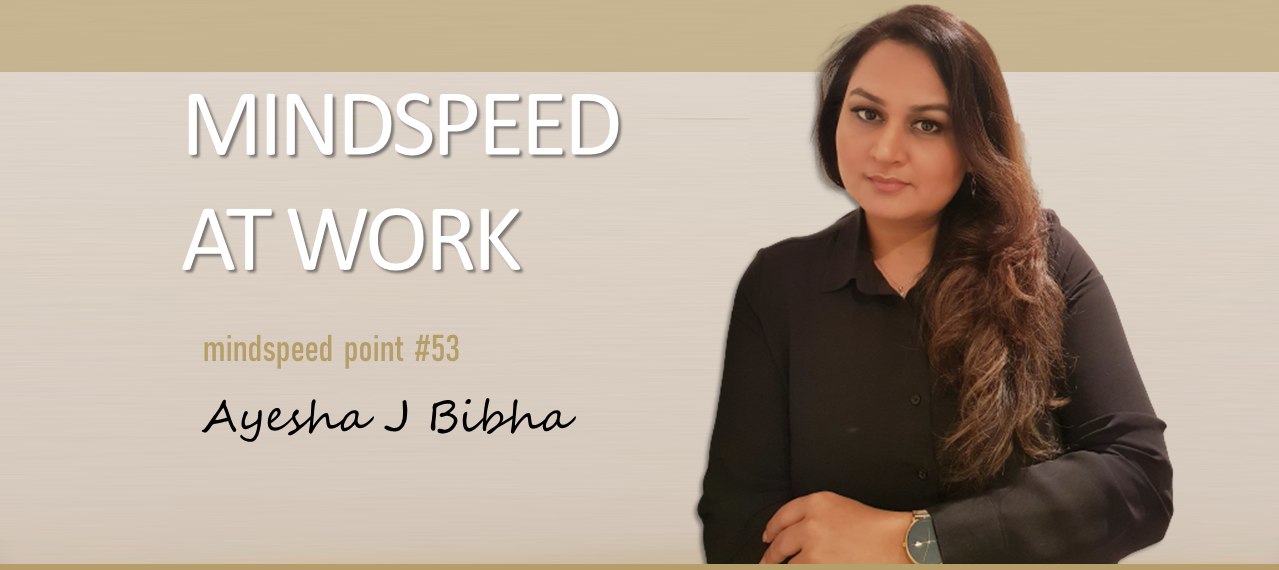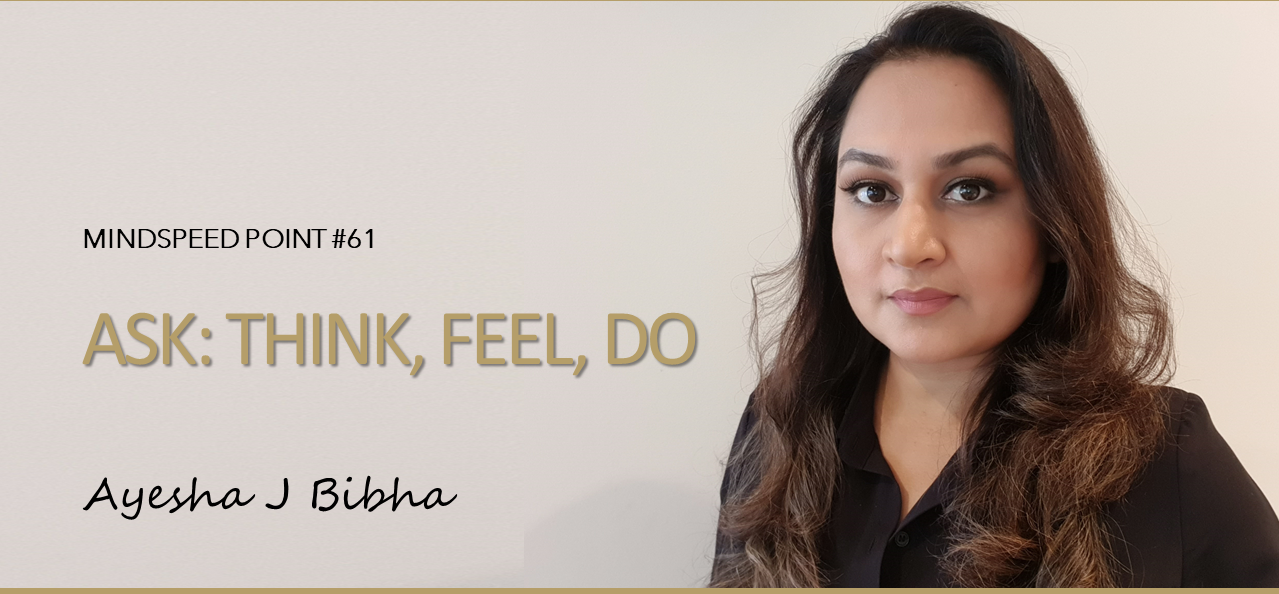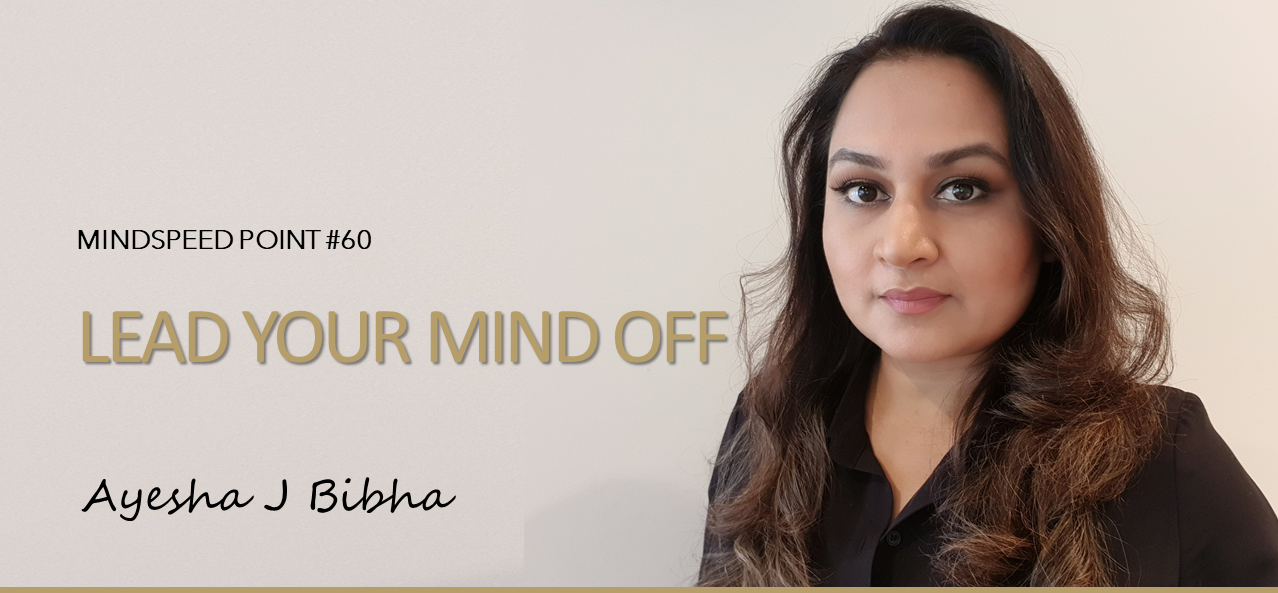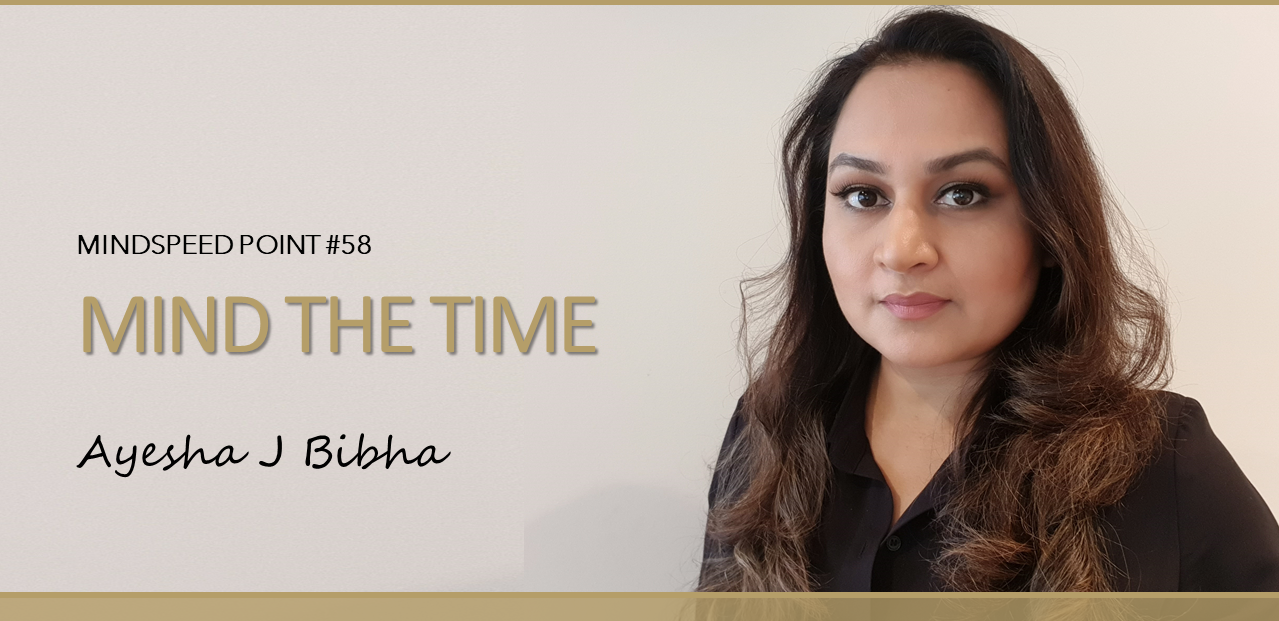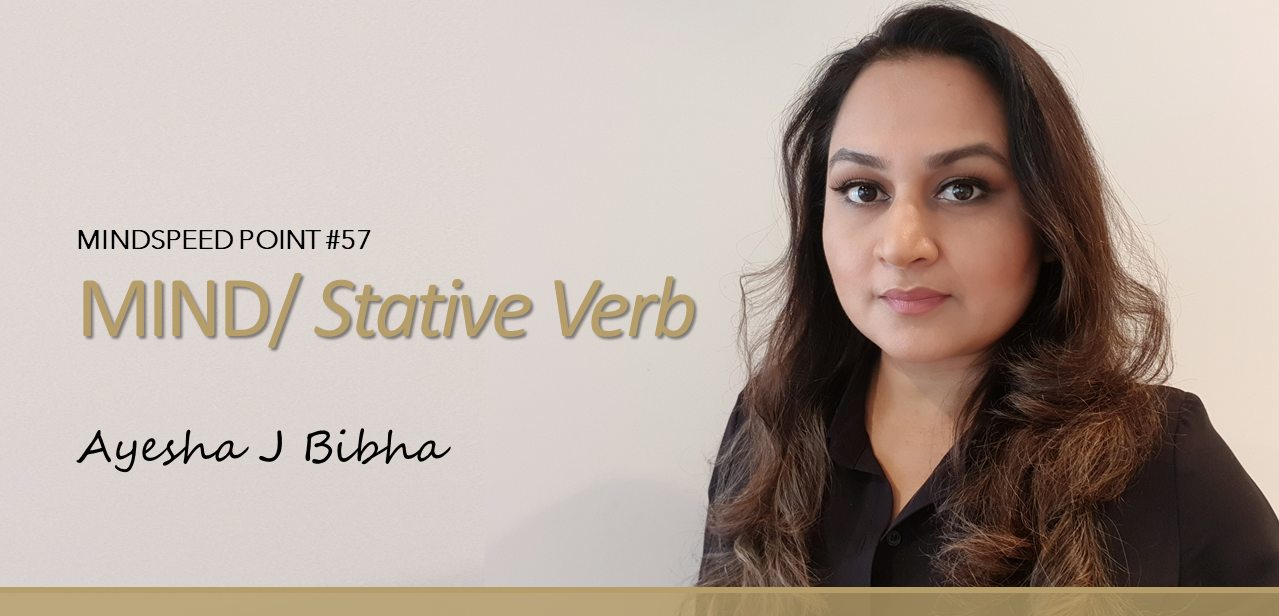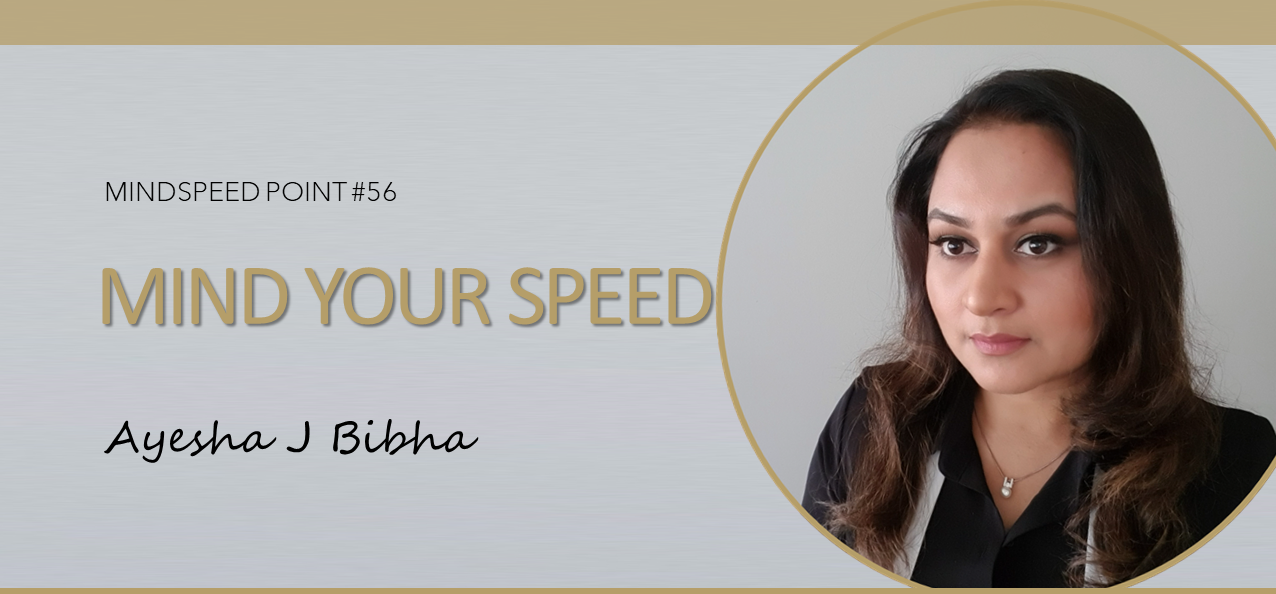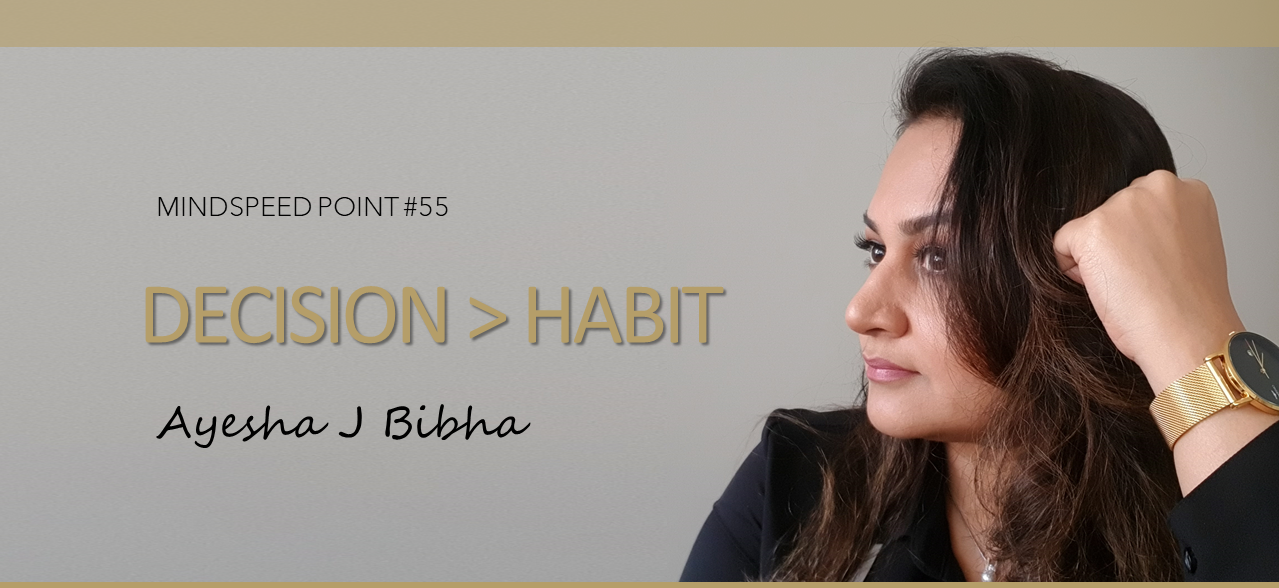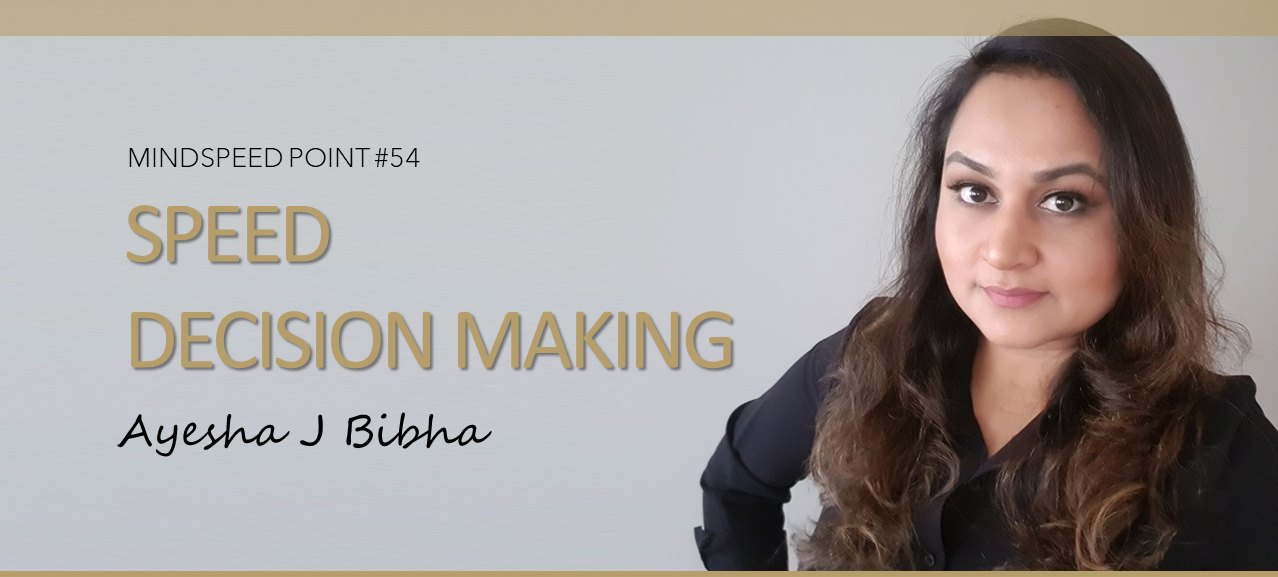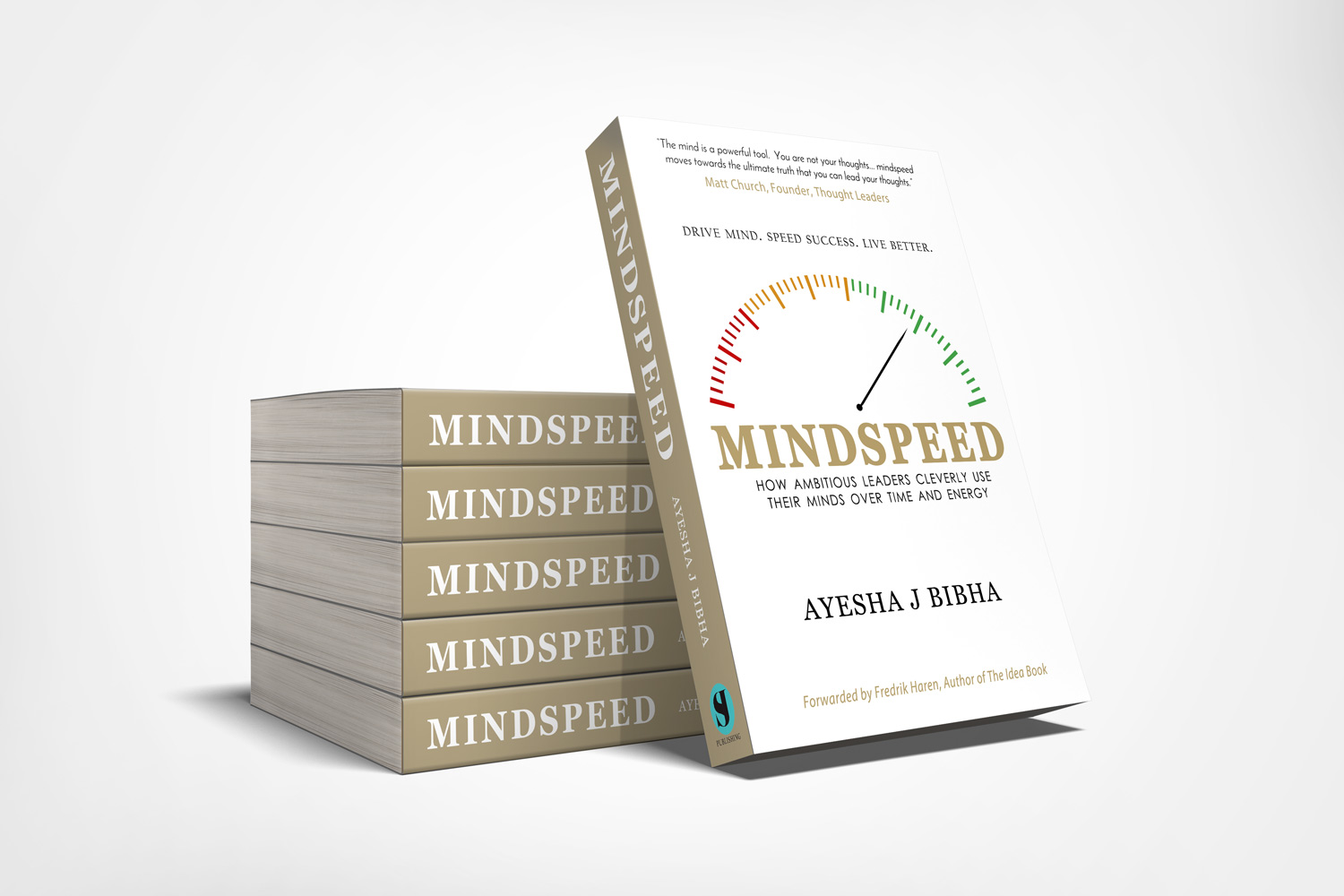The era that we are in today is proudly called the VUCA world[1], which means volatility, uncertainty, complexity and ambiguity. These are the real conditions and situations which keep interrupting our way of thinking; they also result in huge disruptions not only in the way we work but also in the way we live. We can face and solve many of these multifaceted difficult situations in a most simplified manner – by working on our minds.
By using the mind, we can create new habits which allow us to use our time better by making the decisions that matter and by bringing the right emotion to generate the right energy to drive toward our success milestone.
Being a knowledge worker of a company or an entrepreneur in today’s business world, we all struggle to use most of our mind power while working in a continuously engaging and interruptive environment, due to increasingly pinging devices or attention-stealing open-plan workspaces. Our decision, emotion, and habits are also constantly interrupted unless if we learn to apply them in a system – yes, you heard it right. I call our decision, emotion and habit a system because I believe that we can control them by being the driver (not passenger) of our minds.
The three critical impacts of adopting the decision, emotion and habit system:
– Adaptability to change is complex as it creates initial discomfort
– Behaviour-based approaches impact short-term, not long-term
– People approach connection and persuasion to engage people.
- Adaptivity to change
People resist change even when they want the change. To understand this, let’s see the key findings of neuroscience.
Our brain constantly compares something new to the existing. When we find a new product in the market, we start seeing information that matches the existing one. We keep analysing; then we take the decision. These activities occur on the part of our brain called the working brain, the executive brain – the Prefrontal Cortex. This is the conscious part of our brain.
On the other hand, when we work in a known environment, we feel comfortable making decisions. This known part is the memory part of our brain, which can facilitate us working unconsciously. This part of our brain is called the Basal Ganglia. When we do anything repetitively, we reach our Basal Ganglia, also known as our habit brain.
How do they relate to organisational change?
If you recall your first-day experience of driving a car to today’s performance, you can easily understand it. Similarly, in organisational change, people find it very stressful, but they hardwire the new habit once it is done repetitively.
Again, another finding is that the human brain always looks at the error or odds first, which is the difference between expectation and reality. Our brain looks for errors for our survival. The area responsible for this is called the amygdala, which you’ll recall is the part that generates the flight, fight or freeze mode in our behaviour. Daniel Goleman, the author of Emotional Intelligence, named it “amygdala hijack”. This part arouses the stress neurochemical. Once this part is aroused, the brain energy flows away from our brain’s rational or conscious part, the prefrontal cortex.
Change is difficult; it is stressful and uncomfortable. Sometimes, being in a leading role, we underestimate the challenge for a new joiner to an organisation.
2. Shifting behaviour is not long term:
Generally, organisations choose the competency-based behaviour approach to lead performance and change. The employees are observed and rated on how good or bad they are performing such behaviour. They are rewarded or threatened for the outcome of their behavioural expression. People are given feedback on past mistakes with a cheerful packaging called “areas of improvements”.
The total practice drives the attention away from the actual goal. People are pushed to become more conscious of performing the expected behaviour, not the expected outcomes. The result becomes short-term, not long-term and synergy oriented.
3. Person-centred approach
More progressive organisations make a move with the person-centred approach. They introduce empathy, ask questions, practice delivering constructive feedback; they also practice being polite while sharing others’ mistakes. We need to bear in mind that the human brain is not designed to perform when it receives corrective information or cues. The brain starts behaving like a 2-year-old and automatically pushes back when it is told to do something.
Onwards,
Ayesha
*to join a special Mindspeed session drop your interest here.
[1] First used in 1987 in the leadership theories of Warren Bennis and Burt Nanus
——————————————————————————
Get the Mindspeed Book | Subscribe to the Newsletter | Listen to my TED talk

